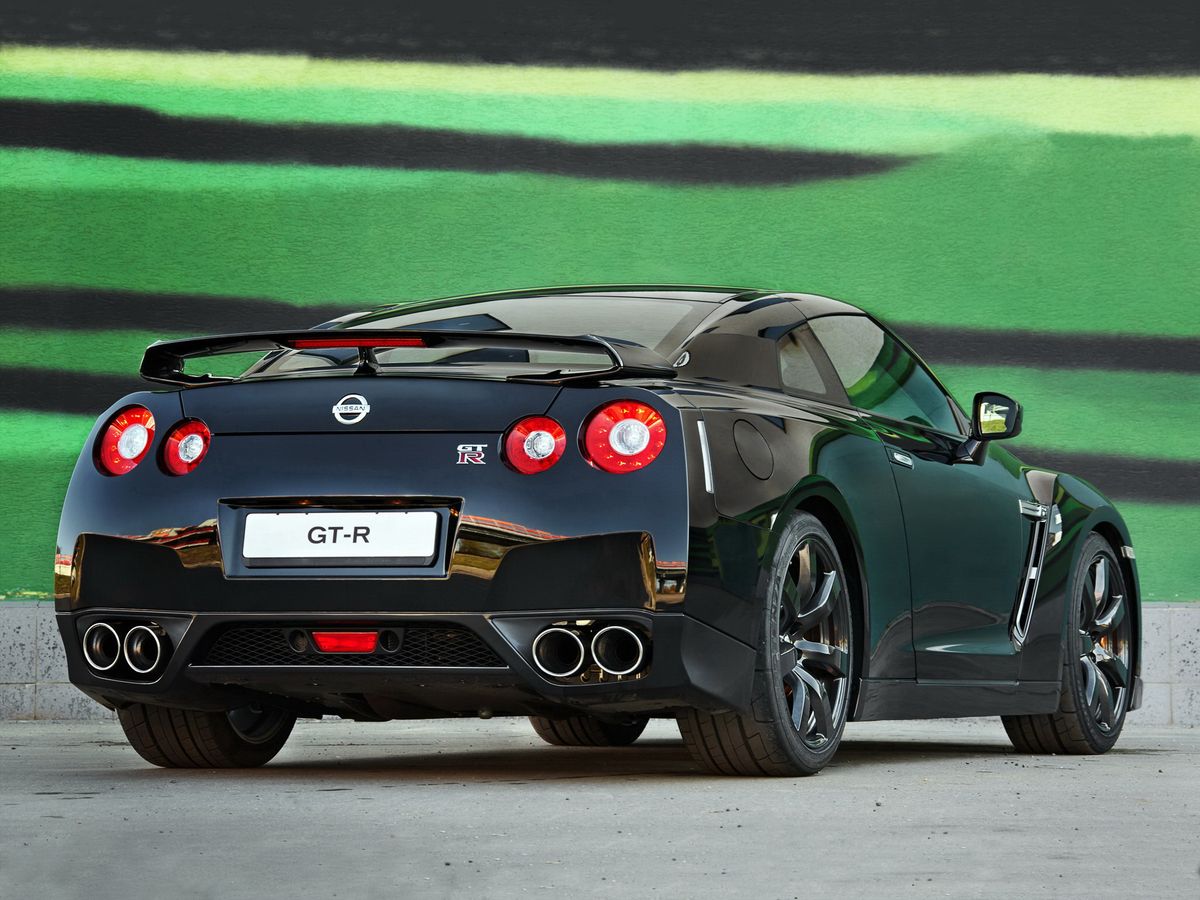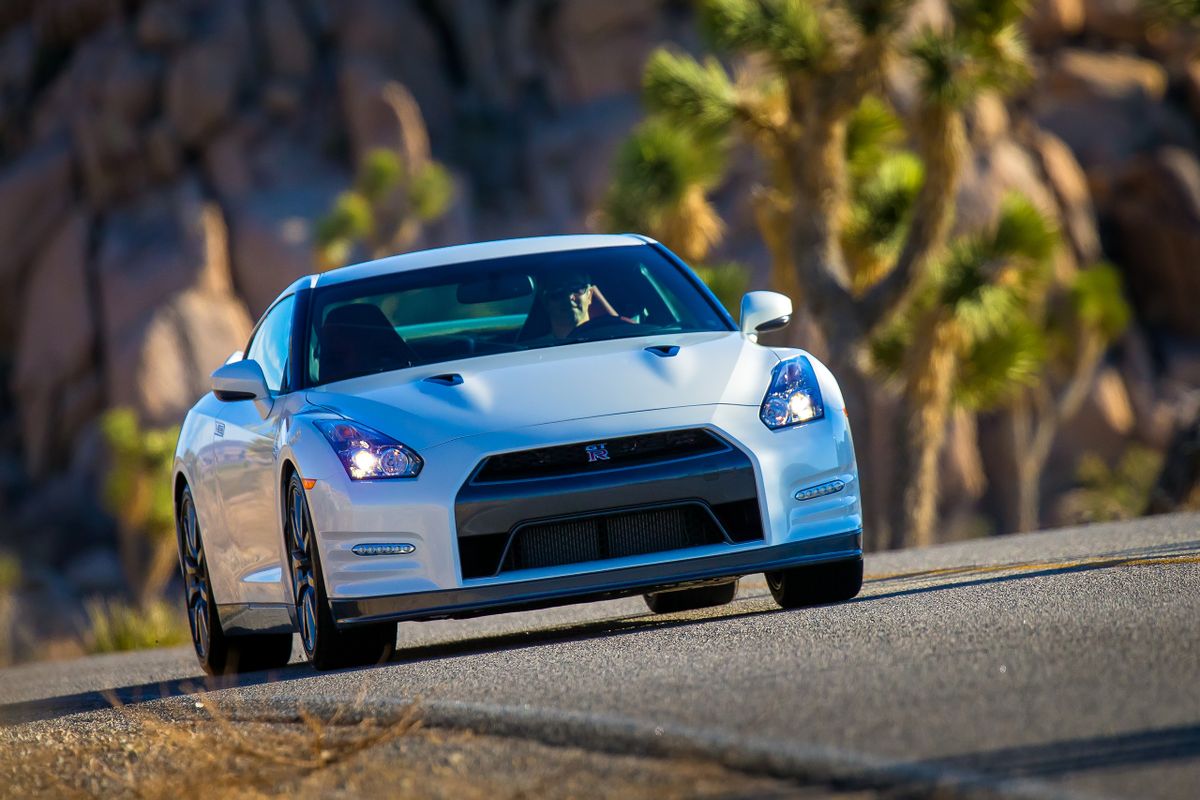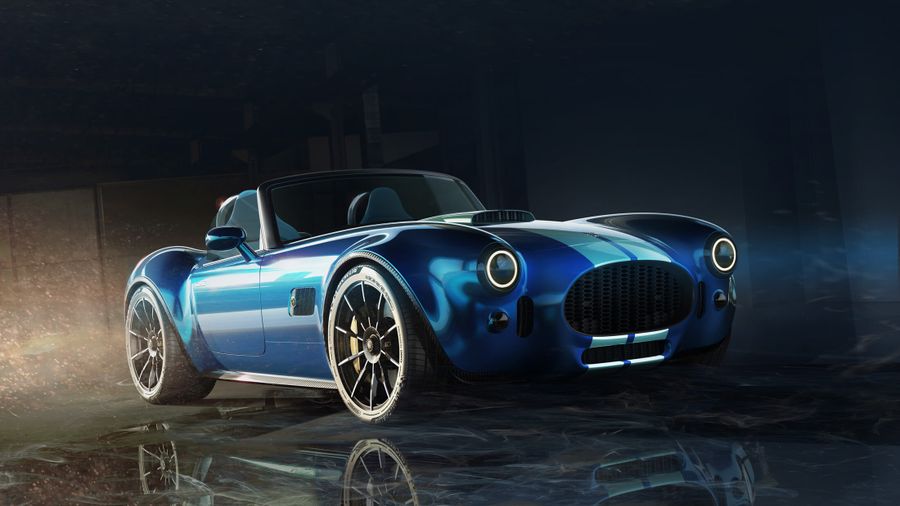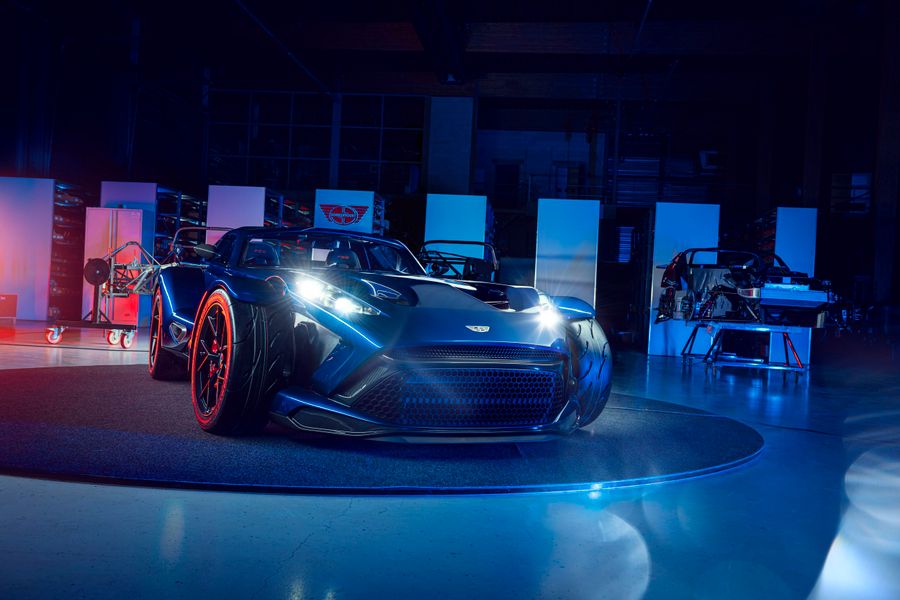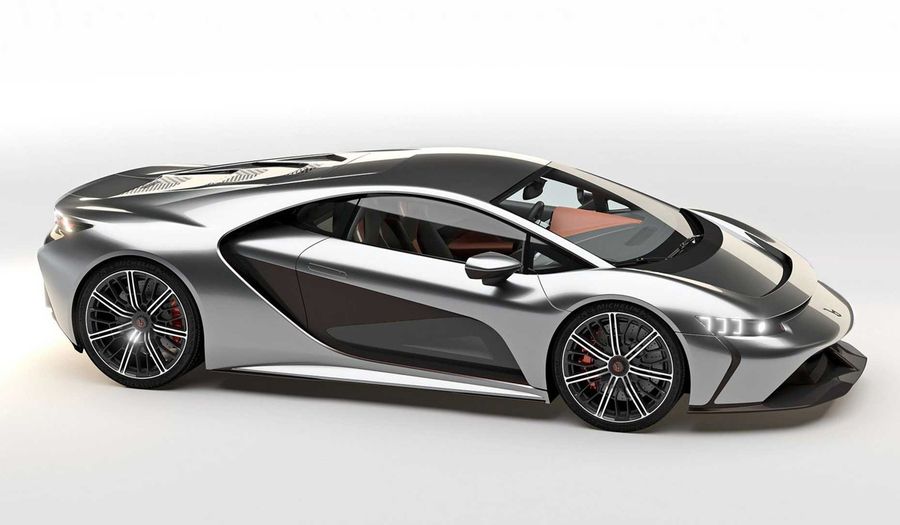
The most powerful Nissan
The Nissan GT-R is a sports coupe, which has been produced by Nissan since 2007. In 2021, Israeli buyers could purchase the first generation of the car after the 2016 restyling.
In 2007, Nissan renamed the Skyline GT-R coupe to GT-R. This was partly driven by market-related and technical reasons. After all, if earlier the Skyline GT-R was essentially an improved Skyline, a mass mid-range model, now the GT-R is a separate model. The first concept was introduced back in 2001 and was shown in Tokyo. The prototype, which was 80% similar to the production car, appeared in 2005. The car has an aggressive, easily recognizable design with excellent aerodynamics (drag coefficient of only 0.27).
The first generation
It has been produced from 2007 to the present, and was restyled three times. According to the developers, the very design of the Nissan GT-R coupe and the particular arrangement of the units (engine on the front axle, gearbox on the rear axle) ensure the optimal weight distribution along the axles (53/47 - front/rear).
Distinctive features:
- Engine: 3-liter VR38DETT twin-turbocharged IHI 6-cylinder V-shaped engine located at the front. It can produce from 485 to 600 hp at 6,400 rpm, depending on the year of manufacture and modification. Each engine is assembled by hand.
- Transmission: ATTESA E-TS all-wheel drive with mechanical locking differential. The transmission consists of two drive shafts, one of which transfers power from the engine to a gearbox located at the rear of the car to drive the rear wheels, and the other transfers power from the gearbox to the front wheels.
- Transmission: 6-speed BorgWarner dual-clutch semi-automatic transmission. Gear shifting time is less than 0.15 s. It is located at the rear of the vehicle.
- Forged wheels made of Rays ultralight aluminum alloy.
- Braking system: Brembo 15-inch disc brakes with 6-piston calipers at the front and 4-piston at the rear.
- The car is equipped with the front suspension double wishbone and Bilstein DampTronic rear multi-link suspension.
Inside, the first Nissan GT-R looked like a true sports car: a driver-oriented front panel, perfectly shaped seats that can perfectly hold the passenger, and rather symbolic rear seats. Of particular note was the on-board multifunction display developed by Polyphony Digital, creator of the Gran Turismo games. It displayed a variety of parameters: from coolant temperature, oil temperature and pressure (in the engine, differential) to data on acceleration, consumption and instantaneous fuel consumption, throttle response, brakes and steering, etc. In total, more than a dozen different projections were displayed on the screen, four of which could be set by the driver.
Each engine is assembled by hand.
In 2008, the manufacturer optimized the work of the on-board computer, thanks to which the engine started producing 485 hp, and fuel consumption decreased from 12.2 to 12.1 l/100 km. The volume of the petrol tank grew. In terms of dynamic performance, the first GT-R reached 100 km/h in 3.5 seconds, and its top speed was 311 km/h. In the first year after the start of production, the sports car acquired improved shock absorbers, and the stiffness of the front springs was changed. In 2009, the car’s steering response was improved again, and the suspension settings were revised.
An important safety factor for the Nissan GT-R was the advanced all-wheel drive system, which provided excellent traction and allowed dynamically distributing power between the two axles, but with priority to rear-wheel drive, which in normal conditions was the main one. The car was equipped with ABS with EBD, stability and traction control systems, two front airbags, as well as additional side and curtain airbags and self-supporting Runflat tires.
2010 restyling
Restyled in 2010, the GT-R acquired a new bumper, LED running lights, two neat air intakes on the hood, a new rear spoiler and diffuser, and elegant 10-spoke alloy wheels. The aerodynamic characteristics were improved (the value of the Cd coefficient decreased from 0.27 to 0.26). Downforce increased by about 10%. The upgraded 2010/2011 Nissan GT-R had an upgraded power unit with increased power and torque. The suspension was slightly re-tuned to improve the car’s cornering stability.
A total of 6 model trim levels were offered, including the exclusive GT-R Egoist, which was offered in a limited edition for true connoisseurs: it was made to order and offered 20 different interior colors, an individually tuned Bose sound system, a carbon spoiler, a titanium exhaust and much more.
The maximum output of the power unit grew significantly: from 485 to 530 hp (at 6,400 rpm). The torque increased from 588 to 612 Nm at 3,200-6,400 rpm. Acceleration from 0 to 100 km/h occurred in 2.8 seconds, and the top speed reached 315 km/h.
Acceleration from 0 to 100 km/h occurred in 2.8 seconds, and the top speed reached 315 km/h.
The chassis of the sports coupe was greatly modernized, acquiring an improved maneuvering ability and better straight line stability. At the rear, the roll center is lowered to increase traction when cornering. To increase the rigidity of the body, a lightweight A-pillar strut made of carbon and aluminum was installed on the engine compartment divider. Another stiffening element was added on the same divider, but from the side of the passenger compartment. The car acquired new shock absorbers, brake discs with an increased diameter (390 mm). Among other things, the 2011/2012 Nissan GT-R was about 40 kg lighter than the previous version. The Club Track racing modification with a lowered suspension, designed only for the track, appeared in the range.
2013 restyling
In 2013, the car acquired LED headlights with a ‘lightning’ pattern. The new lighting equipment is equipped with the AFS (Adaptive Front Lighting System), capable of automatically changing the direction of the light beam depending on the speed of the car. The rear optics of the GT-R retained their shape and received luminous ‘rings’ on the contour of the lamps. The suspension was improved. Nissan Nismo sports division offered its version of the supercar with 600 hp and the ability to accelerate to 60 mph (96 km/h) in a fantastic 2.0 seconds.
The steering acquired new settings, which allowed improving the maneuvering ability in city conditions. Among other things, the 2013/2014 Nissan GT-R incorporated major changes that were invisible to the eye. In particular, the car could boast of better body assembly quality, a greater number of high-precision parts, and more high-strength steels. All this made it possible to further enhance the rigidity of the body.
2016 restyling
In 2016, the coupe acquired a completely new front face design with an enlarged branded V-shaped grille, a reinforced hood and a new spoiler. Nissan claims the GT-R has a more rigid body structure and a redesigned suspension, which has a positive impact on the car’s steering response. The upgraded GT-R has a more powerful engine, the output of which has increased to 570 hp. And the GT-R Nismo sports car version develops 600 hp.
Along with the partial facelift, the manufacturer has also made efforts to improve the comfort of its flagship sports car. The new Nissan GT-R has been refined with additional noise insulation and an acoustic windshield. The interior is equipped with the improved seats, which are more comfortable for long trips. The interior is finished with more expensive materials, in particular, Alcantara on the dashboard and steering wheel. The interior has an 8-inch touch screen. The car is equipped with new titanium mufflers and the Active Sound Enhancement system, which allows you to customize the exhaust sound.
The perfect safety system of the 2016/2017 Nissan GT-R includes front airbags with seat belt use and occupancy sensors. The car also has side airbags and curtain airbags, a tire pressure monitoring system, VDC with three modes of operation, etc.




